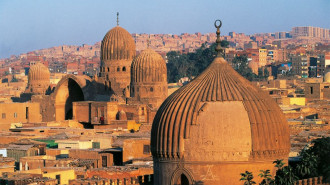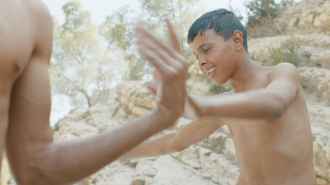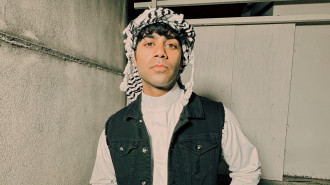![Recently-arrived refugees from Afghanistan waiting for medic support at a temporary camp at the U.S. Army's Rhine Ordnance Barracks (ROB), where they are being temporarily housed, on August 30, 2021 in Kaiserslautern, Germany [Getty Images]](/sites/default/files/styles/image_360x240/public/2021-08/GettyImages-1234962781.jpg?h=69f2b9d0&itok=BTlk_z0w)
Why we need a non-Western lens to deal with the Afghan refugee crisis
![Recently-arrived refugees from Afghanistan waiting for medic support at a temporary camp at the U.S. Army's Rhine Ordnance Barracks (ROB), where they are being temporarily housed, on August 30, 2021 in Kaiserslautern, Germany [Getty Images]](/sites/default/files/styles/image_360x240/public/2021-08/GettyImages-1234962781.jpg?h=69f2b9d0&itok=BTlk_z0w)
The last few weeks have shown that little has been done to help a region that has been victim to America’s longest war, and as the Taliban take over Afghanistan, news outlets are constantly tuned into Kabul sharing heart-breaking videos, pondering over what is to come under their rule.
But the way social media and news outlets are reacting isn’t new – we’ve seen this before with Kashmir, and Palestine and so many more countries that have faced conflict after conflict. After a few days the interest will die down and the news cycle will move onto something new. What we don’t know is what will happen to the people of Afghanistan then.
"There simply isn’t enough nuance or genuine problem solving narratives within media coverage of the crisis"
Activist and director of educational non-profit Learn, Pashtana Khan Zalmai, has been very vocal on social media on shifting the narrative to one that will actually help the Afghan people, and not just create clickbait worthy news that seeks to have harmful implications for locals in the long run.
Khan has called out journalists for asking her and other activists their location or private information, adding onto BBC journalist Sana Safi’s comment on how international media is airing citizen’s private information on TV.
Khan has also called out Western media multiple times for not actually listening, and has asked international bodies to help establish access to education and working rights in these countries. But despite the efforts of Khan and other activists, mainstream Western media is still dominated by analysts and journalists with little to no local exposure and focus on little other than Kabul. At a time when anyone associated with the departing US forces and authorities is under threat by the Taliban, and confusion and chaos dominate many citizen’s days – exposing private information seeks to threaten their very lives.
Elaine Alam, development and human rights practitioner and researcher based in Lahore, has worked with Afghan refugees living in low-income settlements in the city.
Alam shares that many of the refugees that escape to regional countries like Pakistan, Iran or Turkey come from lives far different to the ones shown in Kabul in mainstream western media. The human rights practitioner first started interacting with Afghan refugee families when she worked on a project to establish a school in a low-income community in Lahore.
Alam shares that lack of identification and citizenship rights meant that around 300 Afghan families in the community could only send their children to school when Alam and her team opened up the school 10 years ago – along with a vocational training centre.
Unfortunately, a lack of access to education is only one example of how assimilation has been problematic for Afghan refugees and their families – despite the fact that many of them have been living in these countries for generations.
"The lack of systemic support is painfully obvious, and because the refugee crisis within these countries is usually overshadowed by its impact on Europe or Western countries, these refugees are never even given a chance"
Amin, a young Afghan student previously studying in Tehran managed to travel from Afghanistan to Pakistan in the weeks before the Taliban takeover of Kabul. “Coming to Pakistan or Iran was the worst mistake the refugees could have made. In Iran people can’t even buy a sim card as a refugee,” he says. But he also adds that people will come regardless because they no longer feel like they have a choice.
Ibraheem Bahiss, a consultant for Crisis Group says that there is estimated to be as many as 20,000 to 30,000 undocumented refugees leaving Afghanistan every week according to the UNHCR, despite the fact that most countries have shown an unwillingness to host refugees. Iran has made it clear that the camps they are setting up on the border are temporary, and Turkey has gone as far as to start constructing a wall.
Asian countries’ history with refugees hardly sets a good precedent for what is to come – and yet as these countries prepare for an influx of those most vulnerable in this crisis, calling for better systems regionally could be the first step in correcting past mistakes.
“Most rural refugees don’t have the contacts, financial capability or language skills required to seek asylum in Europe. When they do find refuge in regional countries they do small jobs for menial pay – probably lower than what locals would take for the same job,” Bahiss says, adding, “To say they don’t contribute meaningfully takes away from the fact that there simply isn’t enough support provided to them to be able to sustainably live off.”
Alam also believes the lack of assimilation comes from confusing and often damaging government narratives. “On the one hand you’re saying these people are killing our children and bombing our soldiers, and on the other, you’re asking citizens to accept the same people who you yourself have labelled as terrorists,” she says.
The lack of systemic support is painfully obvious, and because the refugee crisis within these countries is usually overshadowed by its impact on Europe or Western countries, these refugees are never even given a chance. “These refugees are not the same as the people of Kabul. They are tribal Afghans, who have very different customs and religious views. It took us years to convince them that women could be economically empowered without having to compromise on their religious or cultural values,” Alam shares.
|
To a large extent, the lack of systemic support is being covered up by individual efforts. Huma Adnan, the founder of fashion brand Craft Stories has been working with refugees in Pakistan for two years, teaching them stitching and craftsmanship.
“I have been keenly working on their [refugees] indigenous craft and embroideries. I started with a group of five and now I have 300 of them who have been trained and are experts in making craft,” shares Adnan. But these numbers are nowhere near enough to accommodate for the millions of refugees in the region and many more that are feared to be displaced under the new Taliban government.
“Most of the refugees are women and children hence the biggest problem is sustaining them. Western media needs to concentrate on making these inclusive communities sustainable not just in the short run but also for the long term,” Adnan adds.
There simply isn’t enough nuance or genuine problem-solving narratives within the media coverage of the crisis. Instead, Western policymakers and military voices are still largely dominating conversations about what comes next.
“When the West focuses on extracting journalists and people who work with them, it seems to forget the fate of the people it will leave behind,” Amin says, “Who will speak for them then?”
Anmol Irfan is a freelance journalist with bylines in VICE, HUCK, Guardian amongst others. She has experience writing on minority politics, activism, and gender issues. She is also the founder of the Pakistani community platform, Perspectives Magazine
Follow her on Twitter @anmolirfan22
![Mexican Foreign Minister Marcelo Ebrard (R) welcomes a representation of 124 correspondents, reporters and staff who worked in various media in Kabul and have requested a humanitarian, refugee or asylum visa from the Mexican government [Getty Images]](/sites/default/files/styles/medium_16_9/public/2021-08/GettyImages-1234858706.jpg?h=199d8c1f&itok=cin68U-r)
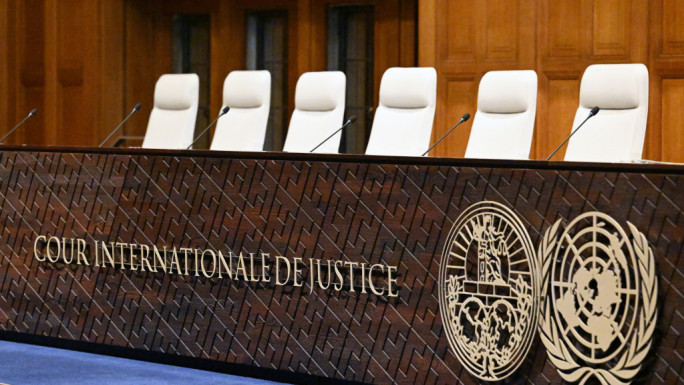
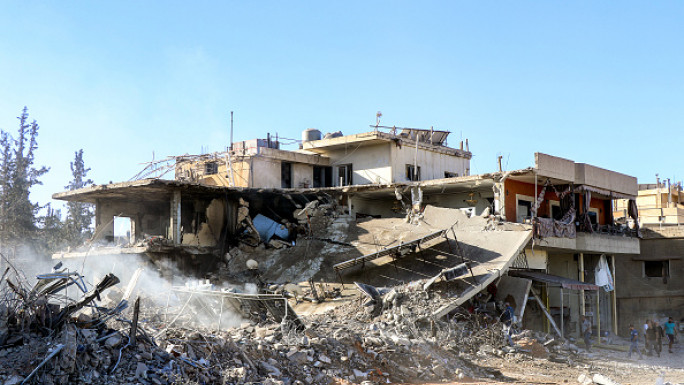
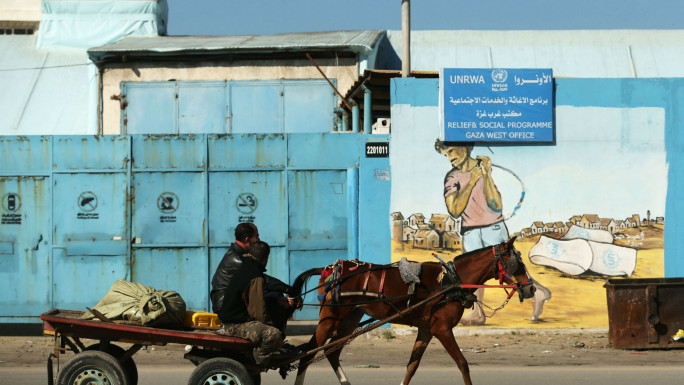

 Follow the Middle East's top stories in English at The New Arab on Google News
Follow the Middle East's top stories in English at The New Arab on Google News
